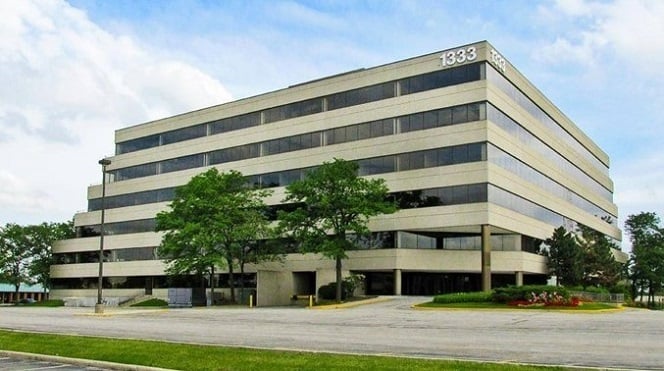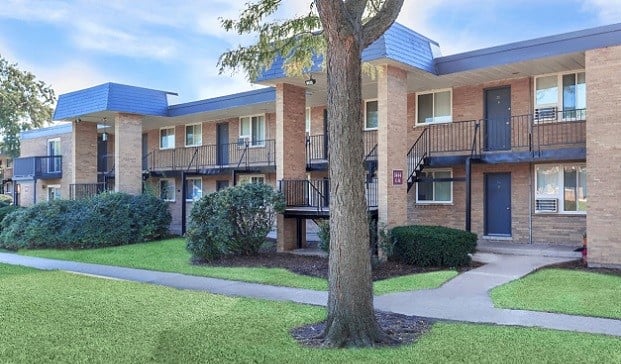CHICAGO—After several years of tightening, the vacancy rates in some of Chicago's downtown submarkets have started to increase, largely due to the recent opening of several class A towers. The movement of so many tenants into these new trophy properties has opened up holes in other buildings, and many observers feel that the tipping point in Chicago office fundamentals that has been favoring landlords is approaching. In other words, events are unfolding as predicted.
“This is what happens in markets when new space is delivered,” Jeff Dowdell, senior vice president, Transwestern, tells GlobeSt.com.
Chicagoland's overall office vacancy decreased 10 bps to 16.8% with a total negative net absorption of 62,832 square feet, according to a new mid-year report from Transwestern. The CBD's net absorption in the second quarter was only slightly positive at 16,006 square feet. But there is currently 4.1 million square feet of sublease space available in downtown Chicago with 1.63 million square feet vacant and available for immediate occupancy. Many of these openings are class A and B spaces with long lease terms remaining, and these “leave behind” spaces are a growing concern for CBD landlords.
Recommended For You
Want to continue reading?
Become a Free ALM Digital Reader.
Once you are an ALM Digital Member, you’ll receive:
- Breaking commercial real estate news and analysis, on-site and via our newsletters and custom alerts
- Educational webcasts, white papers, and ebooks from industry thought leaders
- Critical coverage of the property casualty insurance and financial advisory markets on our other ALM sites, PropertyCasualty360 and ThinkAdvisor
Already have an account? Sign In Now
*May exclude premium content© 2025 ALM Global, LLC, All Rights Reserved. Request academic re-use from www.copyright.com. All other uses, submit a request to [email protected]. For more information visit Asset & Logo Licensing.









